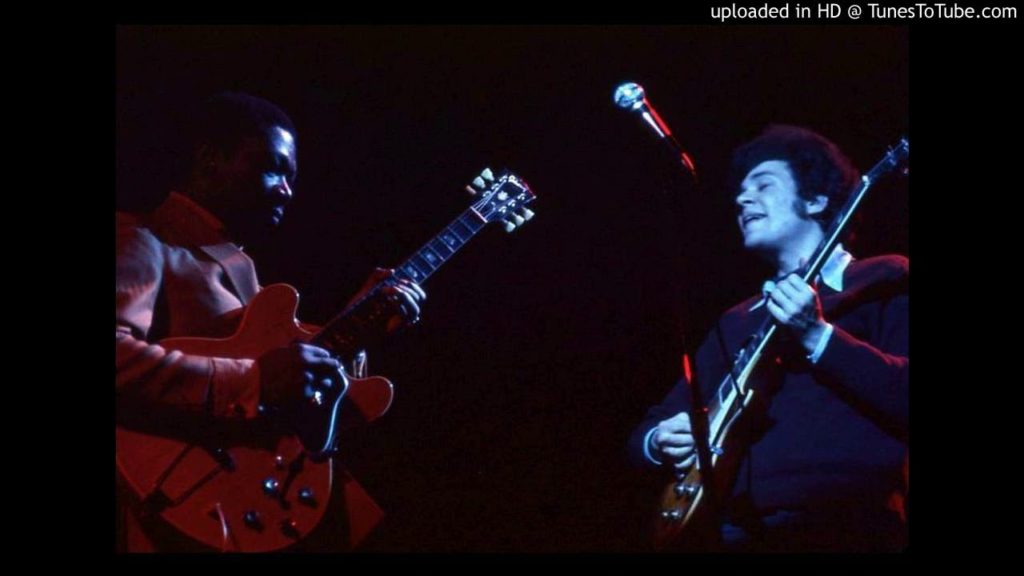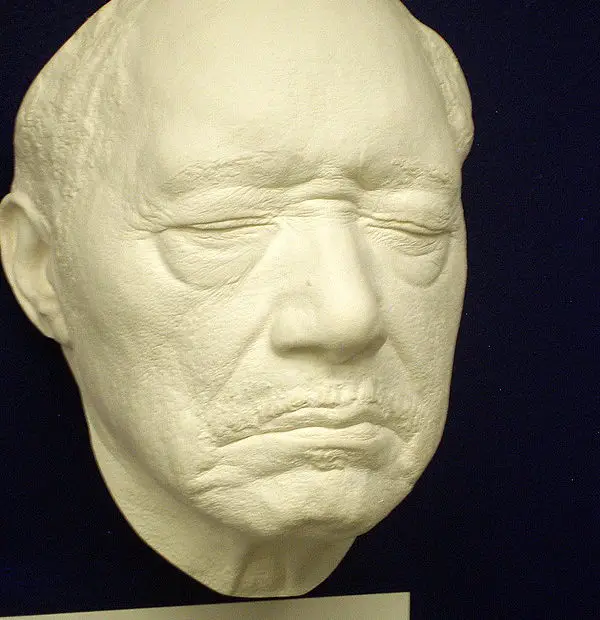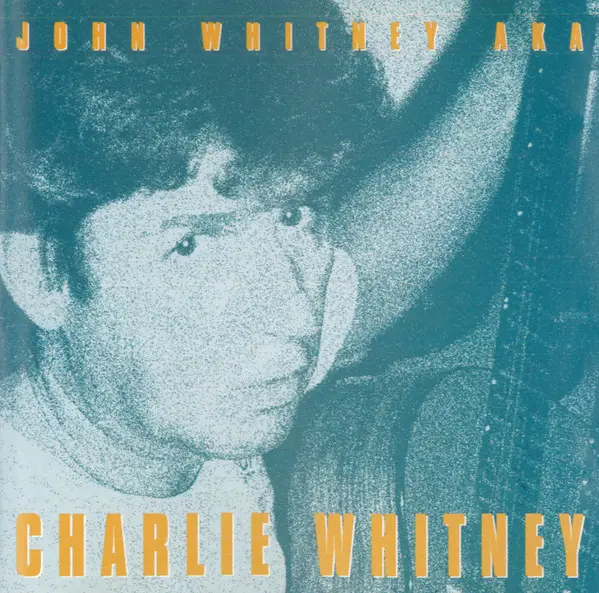Mike Bloomfield was an American guitarist and composer, born on July 28, 1943, in Chicago, Illinois. He was known for his exceptional blues guitar playing and was a member of the Paul Butterfield Blues Band. Bloomfield played on several iconic albums, including Bob Dylan’s “Highway 61 Revisited” and “Blonde on Blonde.” He also formed his own band, the Electric Flag, and released several solo albums. Bloomfield was inducted into the Blues Hall of Fame in 1981, and his influence on rock and blues guitar playing is still felt today.
My introduction to Mike Bloomfield was not hearing him but reading about him. I was a library rat, often carrying out 30 pounds of books on any number of subjects. I found a special edition book done by Guitar Player or Guitar World magazine I cannot recall which, that was all about The Blues masters. The cover was a photo of a young man with a sunburst Les Paul and dark crazy hair. He had a worldly look about him. He had been through something.
His ability to be in the right place at the right time was legendary. His work with Paul Butterfield, Bob Dylan, His own solo projects, and the Band “Electric Flag” was at the time a bit over my head. Youth is wasted on the young sometimes.
I did in time finally understand and listen to his works and come to know he fits in the Line of Clapton, Peter Green, and other luminaries of the musical form, this includes our own dear friend Legend Mick Pini.
Bloomfield has been well documented, yet maybe the most criminally ignored outside of the guitar community. His legend has been gaining traction steadily with the Youth of this day and age. Whether it be pure blues or the experimental sounds of “East/West” and the Psychedelic times of Electric Flag, he is earning a renewed focus even in death.
No matter the situation The man could play the Blues.
MB & BB King – BB Intro & Live Jam with MB 1970
Bloomfield was always open that he did not suffer the life of his heroes, he came from money. For him music and the Blues wasn’t about being poor, it was about a man’s soul and search for his identity and where he fits in the world.
Michael Bloomfield: From His Head to His Heart to His Hands
Had he done nothing else than take the invite from Dylan for his Highway 61 album and then support him at The Newport Folk Festival he would have cemented his place in history. Luckily there would be so much more to come.
Bob Dylan Live at the Newport Folk Festival
Mike Bloomfield’s Telecaster
George Gruhn said he followed Bloomfield’s use of different Guitars and the trend in sales. When he played Telecasters, the cost went up due to the demand. When Mike switched to the Gold Top Les Paul the Tele values dropped, and when he found the 1959 Sunburst the Gold Top sales dropped and Sunburst demand exploded. He finalized by stating “Many artists can sell a million records, but very few can sell Guitars.”
Bloomfield on the Sunburst
To say Bloomfield was prolific is a major understatement; he had his hand in many important projects. In 1969. Bloomfield also helped Janis Joplin assemble her Kozmic Blues Band (for the album I Got Dem Ol’ Kozmic Blues, Again Mama!
Bloomfield was also tapped to score the film “The Trip” Starring Peter Fonda. He was not thrilled with the final film but his stinging guitar is ever-present.
The Trip (Trailer 1967)
Mike picked up a second love which overtook his first love in the Guitar. During the experimental days of Electric Flag, he found Heroin. His addiction increased through the Flag years and on to his Supersession work with Al Kooper and other solo efforts.
During 1970 Bloomfield gave up playing because of his heroin addiction:
He tried many comebacks, often showing up at shows and asking to sit in, some allowed it, and others in seeing his condition answered with a resounding “NO”.
He was drawn back into the limelight per contractual obligations and the IRS. Once he cleared up all his outstanding business, he retreated to his home.
Once he had a desire to make music he would team up with small labels that would allow him to feel like a musician, as opposed to a “product name.”
Mike Bloomfield, Don’t you lie to me (live 80 Italy)
Mike Bloomfield “Come On in My Kitchen”
A short time later after more struggles to regain his health and ability Bob Dylan did say “Yes”
He sat in with Bob Dylan at San Francisco’s Warfield Theatre on November 15, 1980.
Although Bloomfield came from a wealthy family, he never inherited a large lump sum. He received annual income from a trust that had been set up by his paternal grandfather, which gave him $50,000 each year.
I have personal friends a bit my senior who saw Mike Bloomfield live and I’ve heard some wild stories. One of which was a performance where he played through two Fender Twins wired together on their backs so the sound was directed at the ceiling of a club and both were turned up in volume as far as possible.
Bloomfield died in San Francisco on February 15, 1981. He was found seated behind the wheel of his car, with all four doors locked. According to police, an empty Valium bottle was found on the car seat, but no suicide note was found. The medical examiner who performed the autopsy ruled the death accidental, though he was unable to determine a cause of death, because no drugs were found in Bloomfield’s system, and there were no signs of foul play. Bloomfield’s last album, Cruisin’ for a Bruisin’, was released the day his death was announced.
Mike Bloomfield talked, breathed, married Joy and courted pain for the Guitar and the Blues
Son House, Mike Bloomfield, and Paul Butterfield discuss and play the blues
THE MIKE BLOOMFIELD STORY
Here is a bit more study on the Favorite weaponry of Mike Bloomfield
The Gibson Les Pauls, the “Bursts”: A Short History – featuring Jeff McErlain
The video “The Gibson Les Pauls, the “Bursts”: A Short History – featuring Jeff McErlain” is a must-watch for anyone interested in the history of electric guitars. Jeff McErlain does an excellent job of providing a concise and detailed overview of the Gibson Les Pauls, particularly the “Bursts.” The video is informative and engaging, and I highly recommend it to anyone looking to expand their knowledge of guitar history.



